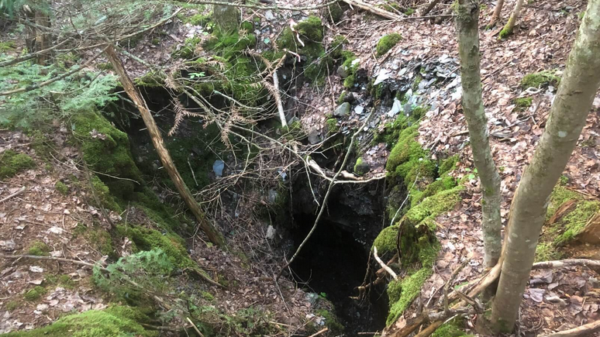The growing shift toward electrification and advanced battery technology has been propelling the demand for Tasmanian minerals in recent years, according to a press release from Felix Ellis, Minister of Resources on Thursday.
The small island nation off the coast of Australia received nearly $55 million in mineral royalties and over $2 million in rentals and other fees in 2022-2023.
Ellis also highlights the significant contribution of mining and minerals processing in the transition to a renewable energy future. With the rising adoption of hydro, wind and solar energy, this sector assumes a crucial role.
The growing shift toward electrification and advanced battery technology further propels the demand for Tasmanian minerals like tin for soldering, nickel for batteries, zinc for anodizing and tungsten essential in defense manufacturing.
“These payments benefit the broader Tasmanian community, helping provide essential services like health, housing and public safety while also supporting more than 5800 jobs, which in turn are the lifeblood of regional communities,” said Ellis.
“The sector contributes the lion’s share of our exports by value, generating products worth $2.8 billion in the 12 months to May 2023, or around 62 per cent of the State’s mercantile export value.

Overview of the Renison Tin Mine. Image via Metal X.
Read more: K92 Mining hires Australian engineering firm to build processing plant
Read more: Avino Silver & Gold Mines reports best drill result in 55 years of operations
Tasmania has 14 mining operations
Currently, Tasmania hosts 14 mining operations, with three undergoing care and maintenance. The region also accommodates three substantial mineral-processing facilities, along with several smaller operations. These interconnected mining and mineral-processing sectors collectively contribute over 60 percent of the state’s export earnings.
The three most prominent operations of the 14 include well-established contributors: Rosebery (yielding zinc, lead, gold, copper, silver), Savage River which is involved in magnetite extraction, transformed into iron ore pellets at Port Latta and the Renison Tin Mine.
The Renison Tin Mine in Tasmania is the biggest operating tin mine in Australia. It has a production capacity of 680,000tpa of tin. It’s owned by Bluestone Mines Tasmania JV, which is joint venture between Metals X Limited (ASX: MLX) and Yunnan Tin Group, the largest tin producer and exporter in the world.
A few other companies operating throughout Tasmania include Venture Minerals (ASX: VMS) is engaged in exploration and development of various mineral projects in Tasmania, including tin, tungsten and iron ore deposits.

Image from the Renison Tin Mine. Image via Metal X.
Read more: First Majestic Silver sells Mexico mine to Golden Tag Resources for $27M
Read more: Americas Gold and Silver loses 32% less revenue in Q2 than Q1
Government focused on attracting mining investment
The Tasmanian Government’s current focal points for this sector involve attracting and streamlining fresh investments in mining and mineral processing, according to a report released in February. The intent is to ensuring sufficient infrastructure for mining operations, upholding a top-tier regulatory framework for exploration and mining, and aiding the industry in obtaining essential data and vital skills are among their foremost priorities.
Unity Mining Limited (ASX: UML) is an Australian gold explorer, developer and producer which owns and operates the Henty Gold Mine on the West Coast of Tasmania and is developing the Dargues Gold Mine in New South Wales.
Situated in Queenstown, Tasmania, the Mount Lyell Mine is a copper mining site boasting a century-old legacy. Its origins trace back to 1896, and after a revival in 1995 by Copper Mines of Tasmania it was once again brought to life. In 1999, Sterlite Industries took ownership and Copper Mines of Tasmania (CMT) became a pivotal entity within the rapidly expanding Vedanta group of enterprises.
Follow Joseph Morton on Twitter
joseph@mugglehead.com














